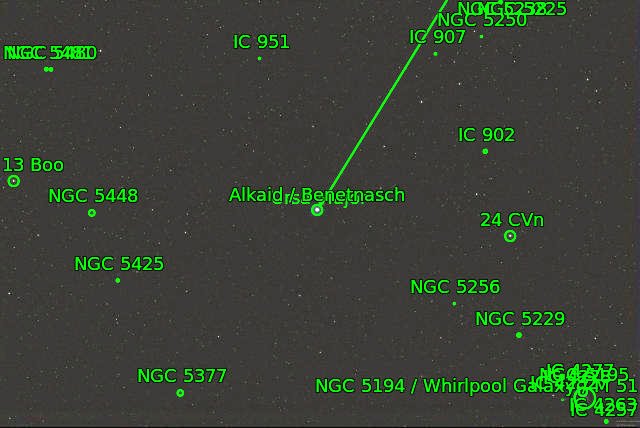| Object : | Constellation Great Bear (Ursae Majoris) and its stars |
| Coordinates/Direction : | RA: 10h67m, DEC: +55o38' |
| Object size : | 10 x 30 degrees |
| Object magnitude : | - |
| More to know : |
You can read more about the constellation Great Bear at Wikipedia:
https://en.wikipedia.org/ wiki/ Ursa Major |
| Comment : |
The star I investigate and their surroundings:
Dubhe (Alpha Ursae Majoris),
Merak (Beta Ursae Majoris),
Megrez (Gamma Ursae Majoris),
Pheoda (Delta Ursae Majoris),
Alioth (Epsilon Ursae Majoris),
Mizar (Zeta Ursae Majoris),
Alkaid (Eta Ursae Majoris)
The star Mizar is the most famous of them because it's a double star.
|
| Coordinates/Direction : | RA: 11h03m, DEC: +61o45' |
| Object size : | - |
| Object magnitude : | 1.79 |
| Object : | Dubhe (Alpha Ursae Majoris) |
| Comment : |
|
| More to know : |
More information about the star at Wikipedia:
https://en.wikipedia.org/ wiki/ Alpha Ursae Majoris
|
| Comment : |
The bright 1.79 magnitude star dominate the area in this photo, the star itself is a binary, it's found by spectroscope measurements.
The period is 44.5 years.
Click on the image and look at the weak objects in the background, which of them can you find ? |
| Comment : |
The galaxy NGC 3359 in the upper right corner is bright and easy to see.
It's called an emission line galaxy in SIMBAD.
The NGC 3668 and NGC 3671 are Radio galaxies and NGC 3470 has an active Nucleus. |
| Objects : |
Information about the objects I have found at SIMBAD Astronomical Database, click on them below and you will get a lot more information about them:
|
| Coordinates/Direction : | RA: 11h01m, DEC: +56o22' |
| Object size : | - |
| Object magnitude : | 2.37 |
| Object : | Merak (Beta Ursae Majoris) |
| Comment : |
|
| More to know : |
More information about the star at Wikipedia:
https://en.wikipedia.org/ wiki/ Beta Ursae Majoris
|
| Comment : |
This together with Dubhe is what you use when aiming for the Polar star.
The distance to it is 79.7 light years.
Its mass is 2.7 times our Sun so it's a big star. |
| Comment : |
The galaxy NGC 3683 is a HII galaxy, NGC 3517 have an active nucleus.
NGC 3674, NGC 3613 and NGC 3530 belongs to a group of galaxies.
NGC 3408 is a radio galaxy.
M97 is a planetary nebula.
44 UMa is a high proper-motion star. |
| Objects : |
Information about the objects I have found at SIMBAD Astronomical Database, click on them below and you will get a lot more information about them:
|
| Coordinates/Direction : | RA: 11h53m, DEC: +53o41' |
| Object size : | - |
| Object magnitude : | 2.44 |
| Object : | Megrez (Gamma Ursae Majoris) |
| Comment : |
|
| More to know : |
More information about the star at Wikipedia:
https://en.wikipedia.org/ wiki/ Gamma Ursae Majoris
|
| Comment : |
An earlier name of Megrez was Phecda, I don't know why they changed the name of it.
The satellite Hipparcos found the distance of the star to be 83.2 light years. |
| Comment : |
70 UMa is a high proper motion star, NGC 4500 is a blue compact galaxy, NGC 3958, NGC 4172 and NGC 4161 have active nucleus |
| Objects : |
Information about the objects I have found at SIMBAD Astronomical Database, click on them below and you will get a lot more information about them:
|
| Coordinates/Direction : | RA: 12h15m, DEC: +57o01' |
| Object size : | - |
| Object magnitude : | 3.31 |
| Object : | Pheoda (Delta Ursae Majoris) |
| Comment : |
|
| More to know : |
More information about the star at Wikipedia:
https://en.wikipedia.org/ wiki/ Delta Ursae Majoris
|
| Comment : |
Pheoda is the dimmest of these sevens tars with its magnitude of 3.3.
It's found that the distance is 80 light years and it's a bit more massive then our Sun at 1.63 solar masses.
They have also found a debris disc around the star. |
| Comment : |
NGC 4194 and NGC 4102 has active nucleus, NGC 3846 is a radio galaxy.
M109 belongs to a group of galaxies. |
| Objects : |
Information about the objects I have found at SIMBAD Astronomical Database, click on them below and you will get a lot more information about them:
|
| Coordinates/Direction : | RA: 12h54m, DEC: +55o57' |
| Object size : | - |
| Object magnitude : | 1.77 |
| Object : | Alioth (Epsilon Ursae Majoris) |
| Comment : |
|
| More to know : |
More information about the star at Wikipedia:
https://en.wikipedia.org/ wiki/ Epsilon Ursae Majoris
|
| Comment : |
Alioth is really a bright star with its magnitude of 1.77.
It's the 33 strongest star in the sky.
This star has been used in celestial navigation, one of 57. |
| Comment : |
NGC 4500 is a blue compact galaxy, NGC 4977 and IC 830 has an active nucleus, NGC 4566 is a Seyfert 2 galaxy.
|
| Objects : |
Information about the objects I have found at SIMBAD Astronomical Database, click on them below and you will get a lot more information about them:
|
| Coordinates/Direction : | RA: 13h23m, DEC: +54o55' |
| Object size : | - |
| Object magnitude : | 3.9 |
| Object : | Mizar (Zeta Ursae Majoris) |
| Comment : |
|
| More to know : |
More information about the star at Wikipedia:
https://en.wikipedia.org/ wiki/ Mizar
|
| Comment : |
Mizar is a famous double star which is clearly seen at this photo, and more, each of these stars are also double stars.
The only object here that I already know about.
Can you resolve the two stars by the naked eye ?
My friend Björn has something to tell about this star:
"I contributed to a recording for SvT about satellite observations, and we filmed two NOSS that passed as a couple nearby.
Afterwards the photographer showed me Mizar A and Mizar B zoomed, so we only saw these at the edges (14' distance!) AND the weaker star in between!",
"My favorites i UMa are these two (with a third in the middle)":https://www.star-facts.com/mizar/ |
| Comment : |
IC 942, NGC 5255, NGC 4977 and NGC 5201 has an active nucleus, NGC 5001 is a radio galaxy, 82 UMa is a high proper motion star. |
| Objects : |
Information about the objects I have found at SIMBAD Astronomical Database, click on them below and you will get a lot more information about them:
|
| Coordinates/Direction : | RA: 13h47m, DEC: +49o18' |
| Object size : | - |
| Object magnitude : | 1.9 |
| Object : | Alkaid (Eta Ursae Majoris) |
| Comment : |
|
| More to know : |
More information about the star at Wikipedia:
https://en.wikipedia.org/ wiki/ Eta Ursae Majoris
|
| Comment : |
Alkaid, the last of the seven stars. This star doesn't move together with the other of these seven stars. It's also a hot star and emit X-ray. |
| Comment : |
IC 951 and NGC 5229 are low surface brightness galaxies.
13 Boo is a long period variable star.
IC 907 is a Seyfert 2 galaxy, IC 902 is an emission line galaxy.
NGC 5449 and NGC 5377 has active nucleus.
24 CVn is a high proper motion star.
And at last, NGC 5194 is the famous M 51 Galaxy. |
| Objects : |
Information about the objects I have found at SIMBAD Astronomical Database, click on them below and you will get a lot more information about them:
|
| Exp. time : | 30x30 seconds, iso1600, dithering mode |
| Image process tool : | Siril, Fitswork, IrfanView |
| Processing : | Calibrated with Bias, Darks and Flats. Stacked and stretched |
| Weather : | clear |
| Comment : |
This is my latest equipment, much smaller and lighter than the earlier.
I hope it will weight in below 20 kg inclusive the battery when it's finished. |
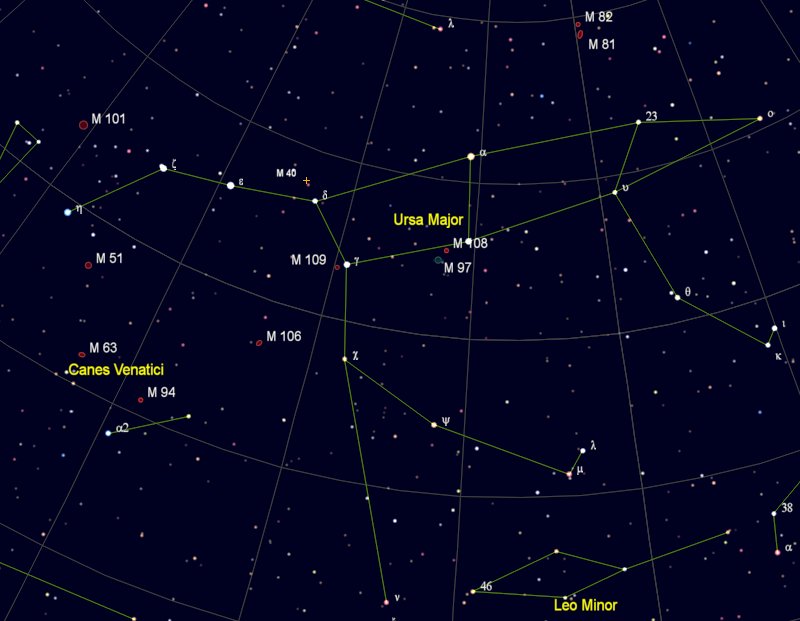 Credit: CdC / Skychart
Credit: CdC / Skychart

 (Click on the image to get one in full resolution in a new window)
(Click on the image to get one in full resolution in a new window)
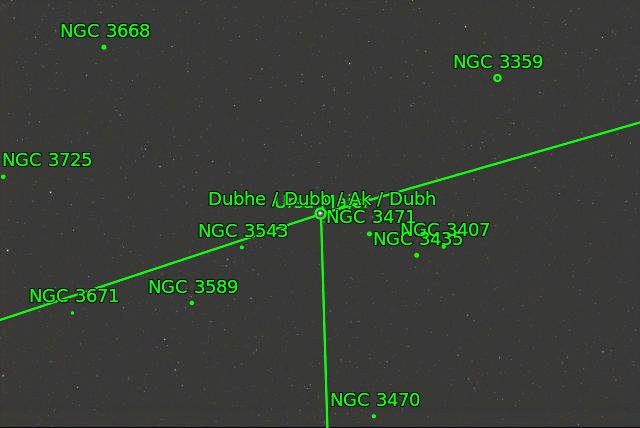
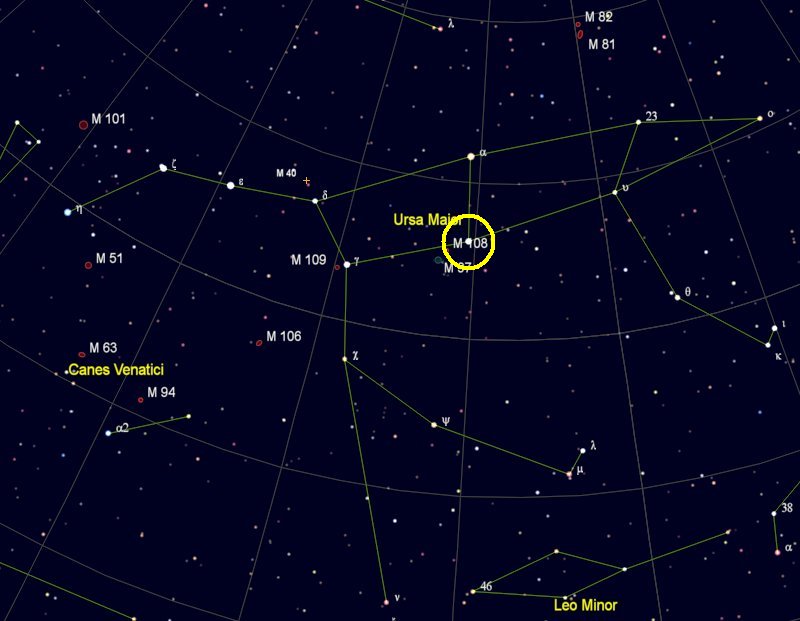
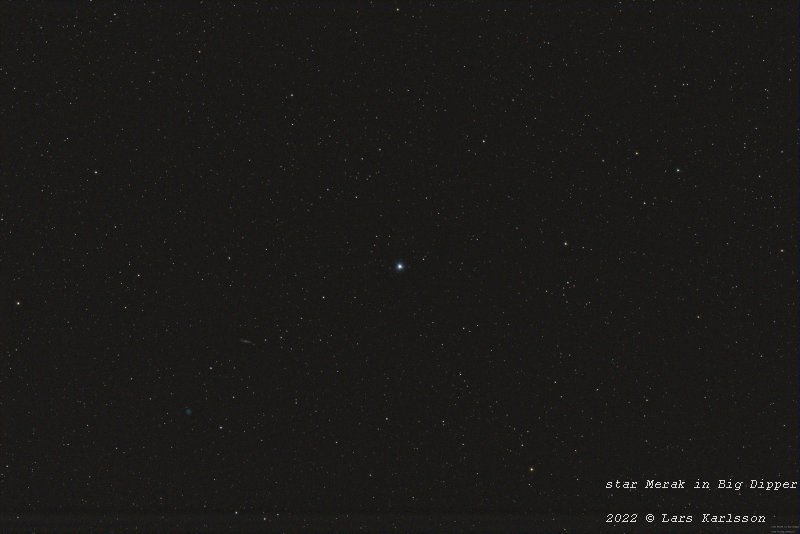 (Click on the image to get one in full resolution in a new window)
(Click on the image to get one in full resolution in a new window)
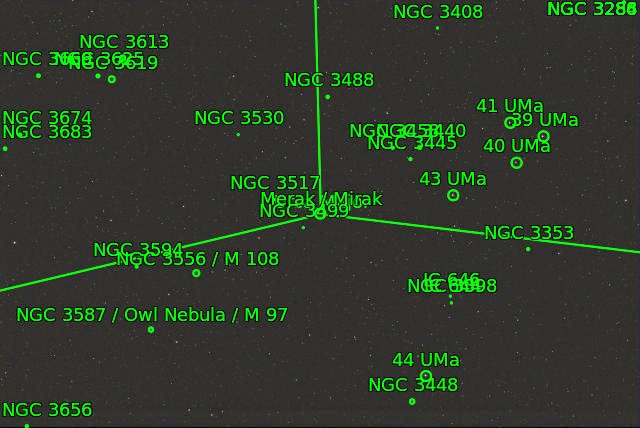

 (Click on the image to get one in full resolution in a new window)
(Click on the image to get one in full resolution in a new window)


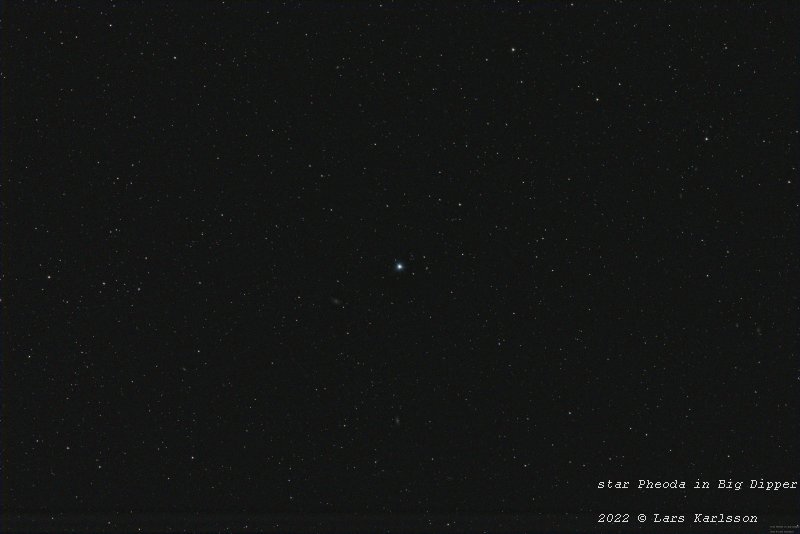 (Click on the image to get one in full resolution in a new window)
(Click on the image to get one in full resolution in a new window)
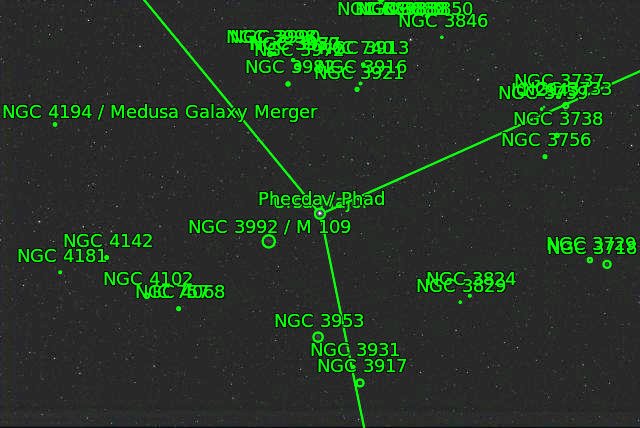
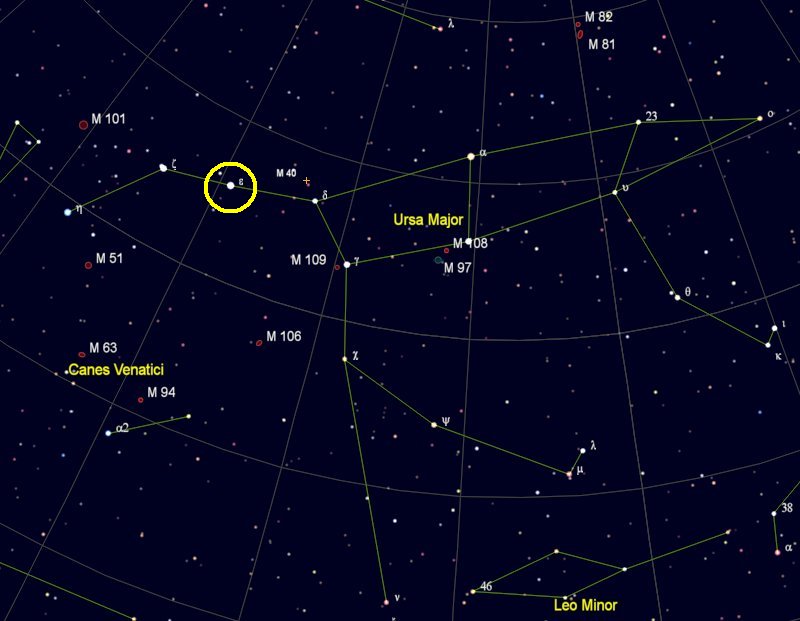
 (Click on the image to get one in full resolution in a new window)
(Click on the image to get one in full resolution in a new window)
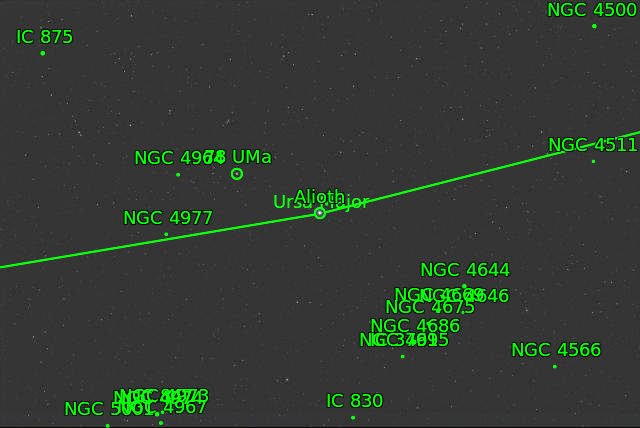

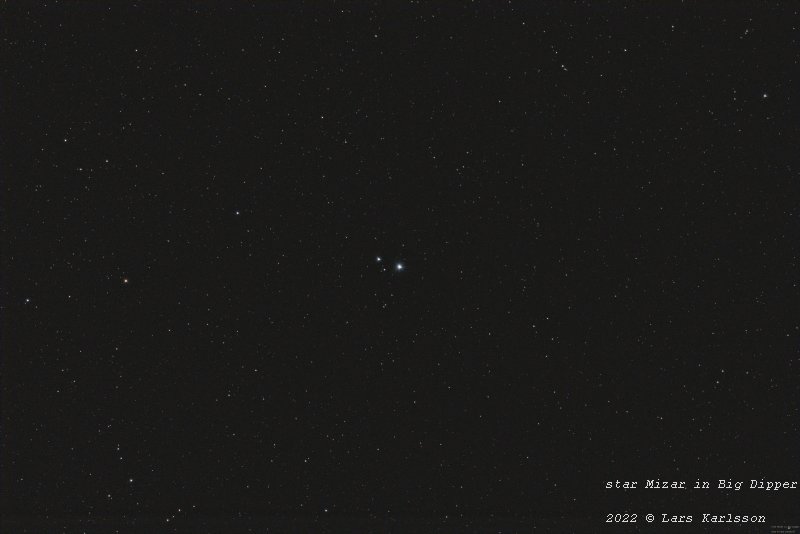 (Click on the image to get one in full resolution in a new window)
(Click on the image to get one in full resolution in a new window)
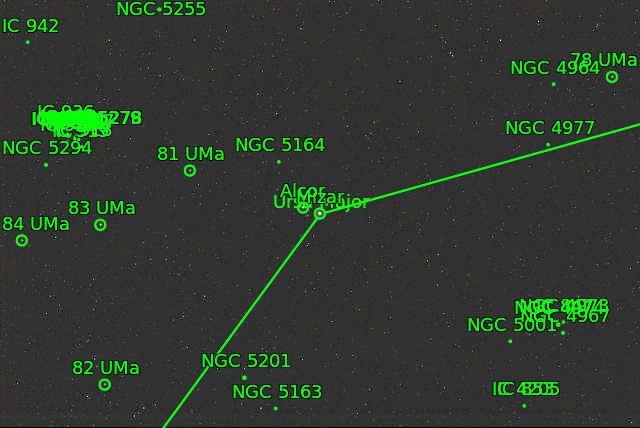
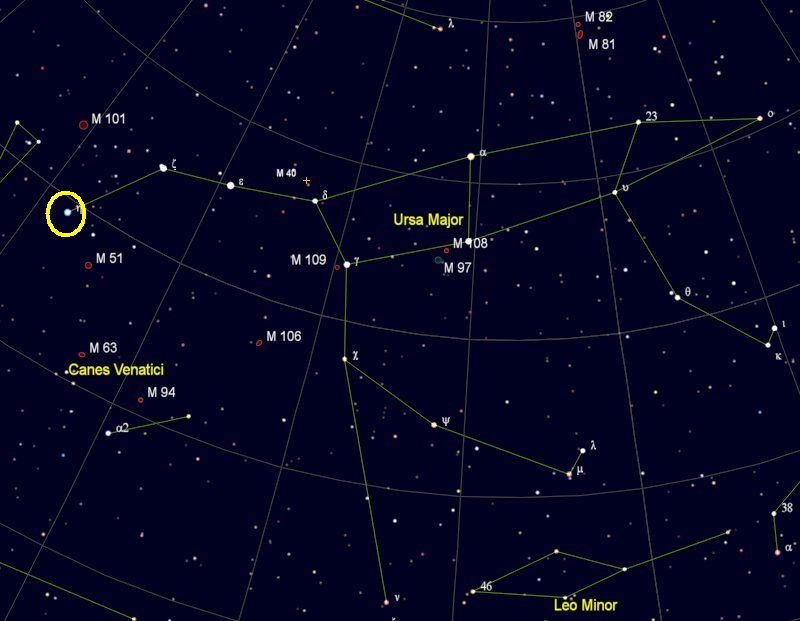
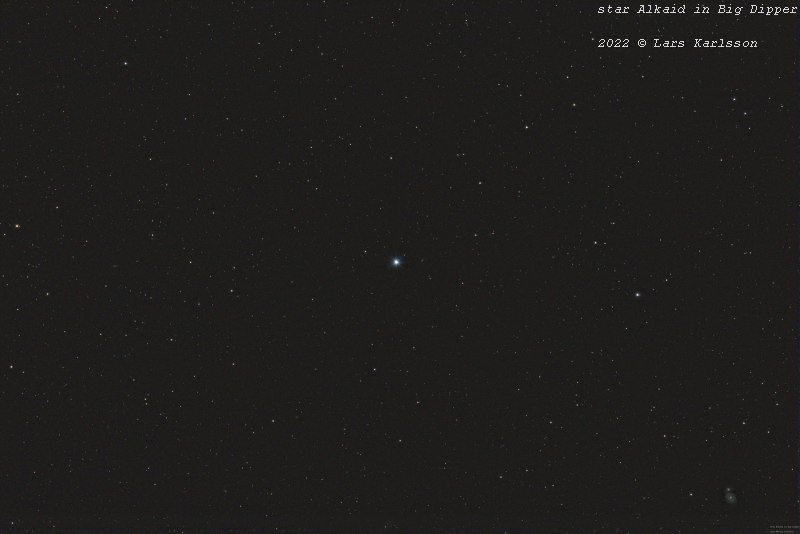 (Click on the image to get one in full resolution in a new window)
(Click on the image to get one in full resolution in a new window)
